It was most of my luck that helped me make it with several guinea fowls in the very first year, and I learnt about raising them better from the following year only.
But that doesn’t happen with everyone, and beginners fail to coop their birds and lose almost all the flock outside at night.
Guineas are dumb creatures that require some training and care, and you need to know it if you want to raise them.
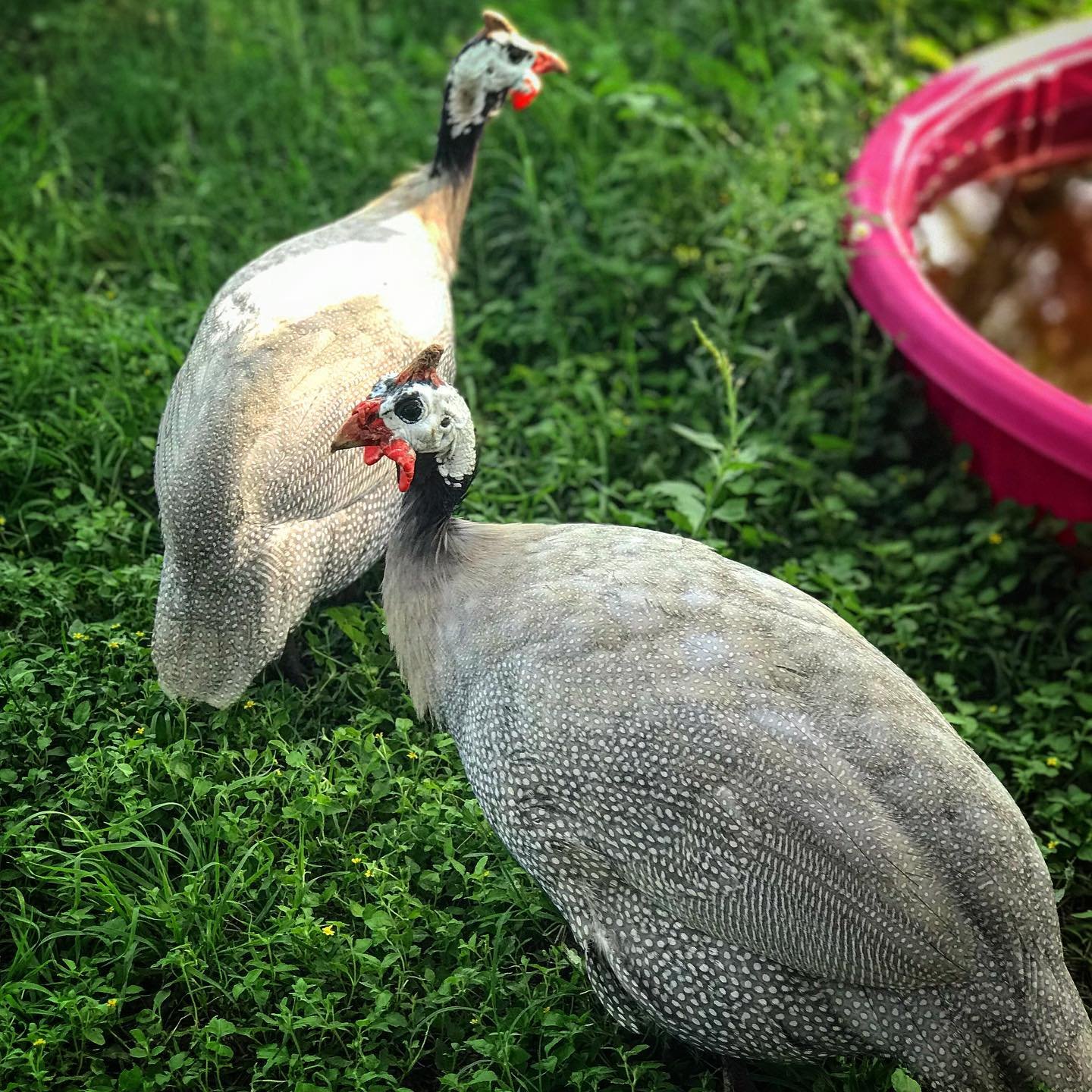
Getting Started with Keets
You can also start with adults or eggs, but the keets are easy for beginners. I had taken the same way for the first time with 20 chicks, which later made me feel the right number when I found them a happy flock.
If you’re having only a small space or are already occupied with other homestead animals, you start with 6 or 8 keets for a small group.
Though there are several guinea fowl breeds, helmeted guineas are raised for meat and eggs or profit.
Okay, you order guineas and receive them. Now, they need a warm brooder with nice bedding and a secure environment.
I always place my poultry chicks in the bathtub after arrival (but that also depends on how many you’re going to raise).
Arrange a heat plate or heater and hemp bedding. Don’t use wood shavings on the bottom of the container or tub, as the baby guineas will eat tiny things along with the feed and find it hard to digest.
Instead, you can place paper towels with a few layers on the floor, which makes it easy for chicks to grip with their legs. Also, you can easily remove it and clean the brooder.

Besides warming light, you can also wrap a blanket around the front of the brooder.
Then, I give them organic apple cider vinegar in water. 3 – 5 ml in a plastic waterer each day to grow babies stronger.
Like chicks, keets also require higher protein feed (20-28%). Also, you need a heat lamp for the first month to maintain the temperature at 95 degrees Fahrenheit.
But if you see them panting, the lane circles around the perimeter of the heat; it’s too warm for your birds, and you need to move it farther away.
Raising Space for Guinea Fowls
Cage or Coop
When your keets are 4 -5 weeks old, you can move them to the cage or coop. I have an enclosed cage that is like a small coop with no draft.
Though guineas are fully feathered by this time, they are still sensitive to cold weather. Put nice dry wood chips on the floor and keep the light on them for warmth. Chopped hay and straw are also nice options.
Keep them locked in the coop for at least 2 weeks, day and night, so that they can identify it as their home. Only feed them at nighttime.
Your birds need a space of 2 – 3 square feet per bird. Also, they like to perch off the ground roost or in trees, so you need to install some roosting poles.
They’re not good fans of nesting boxes, but lay their eggs wherever they like.
Also, if you want to build a run for your guineas, make sure the area has 10 – 20 square feet per bird.
Free Range
Many keep guineas to see them walking around their yards, but they offer several benefits along with their charm.
Like other game birds, guinea fowls like to pasture in the free-range backyard or meadow rather than staying the whole day in a coop or run.

You can introduce your guineas to the open space early, but the best time would be when they are between 3 and 4 months of age. So you won’t need to supervise them for predators.
First, allow your birds to roam around for only 30 minutes in your presence. Once they start roosting, they don’t have time to wander far before it’s bedtime.
Before you set them on the free range, make sure you have built a secure fence around the territory.
Daily and Weekly Routine
Feeding
I feed game bird starter until my keets are old enough to eat adult food. The game bird starters are usually filled with around 22 – 26% protein and sometimes up to 30%.
The average protein ratio of 28% is also okay for keets.
Then, they eat bags of flock raiser crumbles, as male guineas can’t eat layer feed, and I need to end up with this. They claim to provide 20% of protein, but you can stick to the 18 % for 5 – 8 weeks.
After 8 weeks, you can continue with a 16 % protein feed. Also, you can supplement their diet with some mealworms or boiled eggs for extra protein.
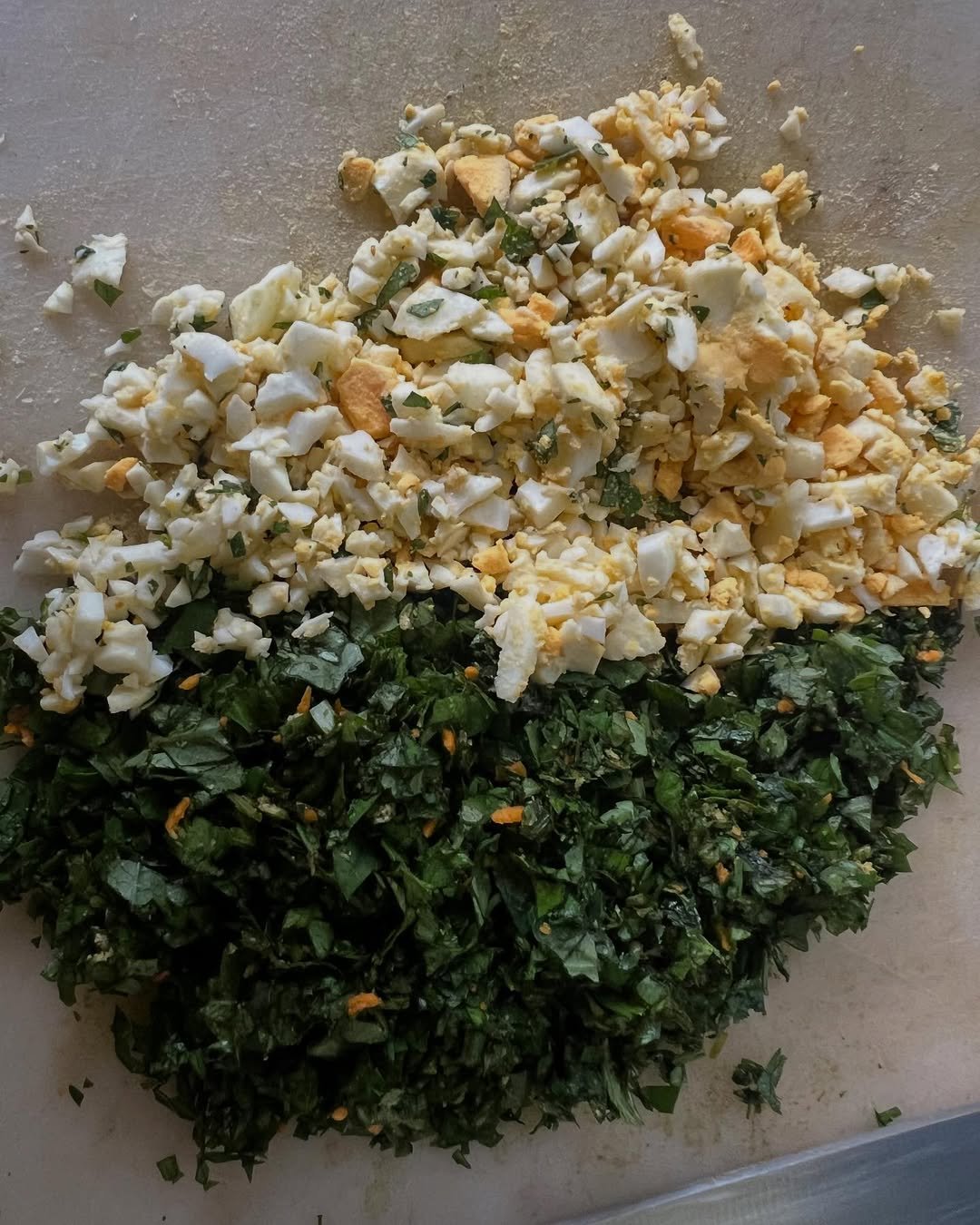
Once they land on the free range, you don’t have to bother much about feeding.
Guineas make great foragers that can eat anything crawling on the ground, such as bugs or insects, slugs, earthworms, caterpillars, and others.
They also consume garden weeds, vegetables, and kitchen scraps. I give them grass like sprouts, grass, and dandelions.
Guineas are very flexible and eat chicken feed as well, and many keepers give them what they do to their chickens. But learn that they don’t like layer pellets.
I prepare a meal from scratch for them, including wheat, cracked maize, and millet, as well as sunflower seeds and safflower seeds.
To help birds with their calcium needs, I provide them with oyster shells.
As guineas forage all day long, give them a good load of feed in the morning and in the evening before they go to bed.
Expect your birds to eat 0.25 – 0.5 lb of feed per day, no matter whether they forage or only free-range.
Seasonal Care
Guinea fowls can thrive in various climates, but they dislike wet and cold weather or snow. As they are originally from Africa, they prefer warm temperatures.
Though they’re watchdogs themselves for other livestock, you need to prevent some predators like bears, raccoons, weasels, foxes, and hawks from accessing your birds.
When they’re mature enough, roosters can take up to 5 hens for breeding. And if you don’t want offspring from the particular bird, cull or remove them from the flock.
It’s easy to raise guineas in summer with some basic care. Give them nice, balanced game bird food, clean water, and plenty of shade. That’s it.
If you’re living in the cold places that have a temperature drop to -25 degrees Fahrenheit, you need to prepare for the first winter for your birds.
They are more susceptible to frostbite on their heads, as there are no feathers to cover them from snowfall, and they could also lose toes in winter.

I had set up a coop with a strip of foam insulation for my first guinea birds. There, I also blocked all the drafts, installed solar-powered lights (that was a gift), and roosts.
You need to provide them with a balanced feed year-round with greens or fodders like alfalfa. Don’t forget to arrange lukewarm water.
In the winter, predators are more active and are spying around for only a chance to grab some birds, so you need to secure the coop or run with strong locks.
But the good news is that guineas are hardier than chickens and other poultry.
Guinea Fowls with Other Poultry
Guineas make great flockmates with chickens and turkeys, and they even live on the feed of these birds. In fact, you can raise this trilogy in your single coop.
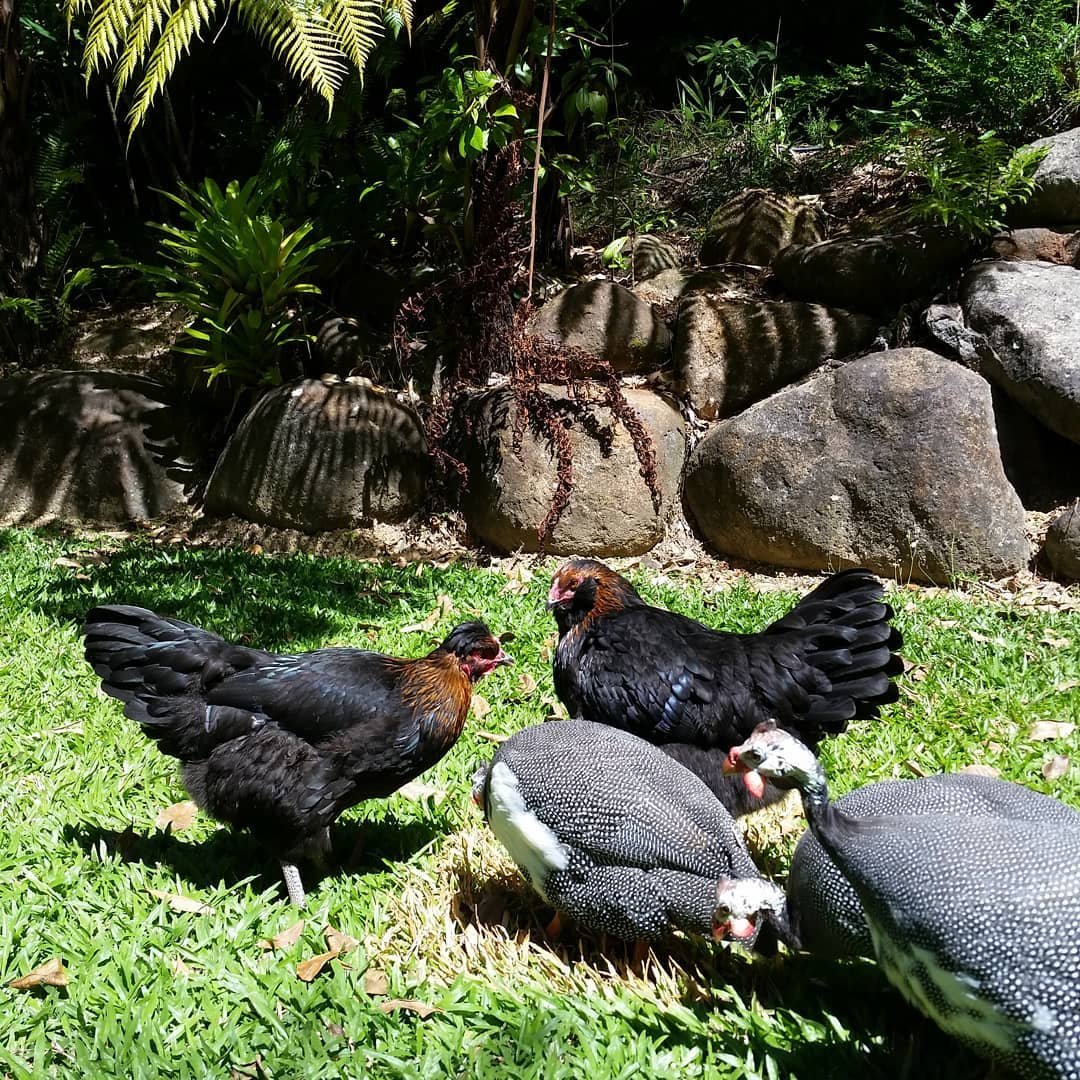
If you want a dynamic flock, raise guineas with other poultry from the chick stage. This helps the flock establish pecking order as they grow and mature into adults.
Turkeys grow bigger than guineas and chickens, so you need to keep an eye on large birds if they dominate their flockmates.
You keep them together in the brooder, then transfer them to the coop and free range.
If your mixed flock is small and can be managed with proper sanitization, you won’t encounter any health issues that people typically find in them.
Guinea Fowl Training
A few years ago, a guinea rooster from my first batch kept stealing new birds and was trying to make his own flock. The mama guineas allowed it as they were too lazy once their keets had grown big enough for the free range.
That guinea had taught keets bad habits. He didn’t go to the coop on most nights, so a few other keets hung out with him. So, I needed these ideas to train my birds.
- Build an enclosure and keep your birds in a long-term environment so that they think it’s their permanent house.
- Until they’re 10 or 12 weeks old, keep the flock in the contained area with a netting fence structure.
- Allow chickens in the flock, which can help guineas learn domestic habits. They learn when to go in and out of the coop.
- These birds make excellent fliers and can fly up to 500 feet, so you need to clip their wings regularly.
- Add lights before the coop or porch (let alone lights in the coop), which attract guineas and help them get in the house.
- Place snacks or a regular meal with water before the door or inside the coop at dusk so that gamebirds cannot do anything but run to it and drive them indoors.
Meat and Eggs
You can harvest guinea birds around 14 to 16 weeks if you want to raise them for tender meat. But if you want full-grown birds, wait for 16 – 20 weeks.
They can weigh around 3 lbs, and their meat tastes like a blend of chicken and pheasant.
It’s leaner, slightly darker, gamey, and more flavorful.
Guinea bird meat is great for roasting, and you won’t feel much gamey taste after that. You can also use it for stews, curries, and soups.
They take 6 – 8 months to mature, and you can expect your birds to start laying eggs as early as 12 weeks of age. With an average of 100 eggs, they lay eggs in the spring and until summer or fall.
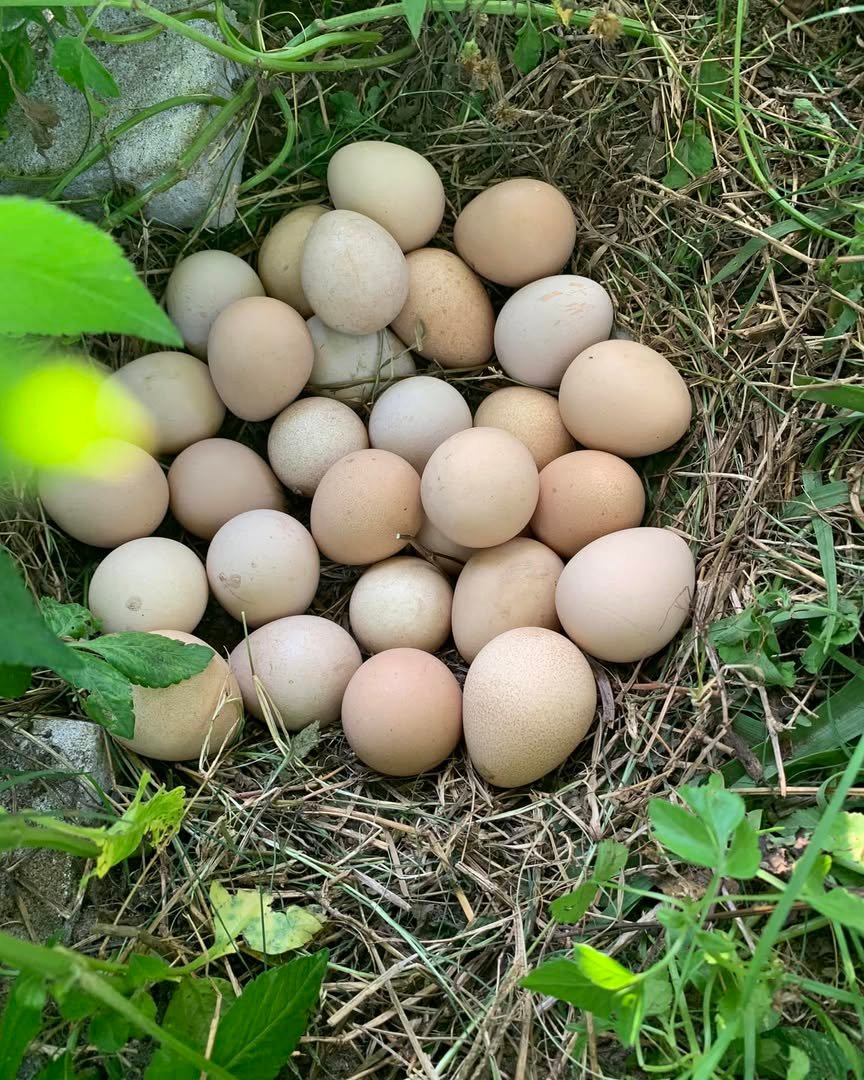
My 4-year-old guinea hens produce 3-4 eggs a week. If you let them sit on eggs, they can hatch their eggs in 26 to 28 days.
Final Thoughts
I leave some guinea hens for next year without culling all at once. More than anything, I try to incubate and hatch their eggs for a new flock and store their meat for winter.
I’m happy with their yield, and they feed me and my family well.
So, guinea fowl farming can be a sustainable food option for homestead families and a profitable venture for commercial breeders.



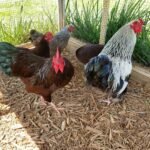


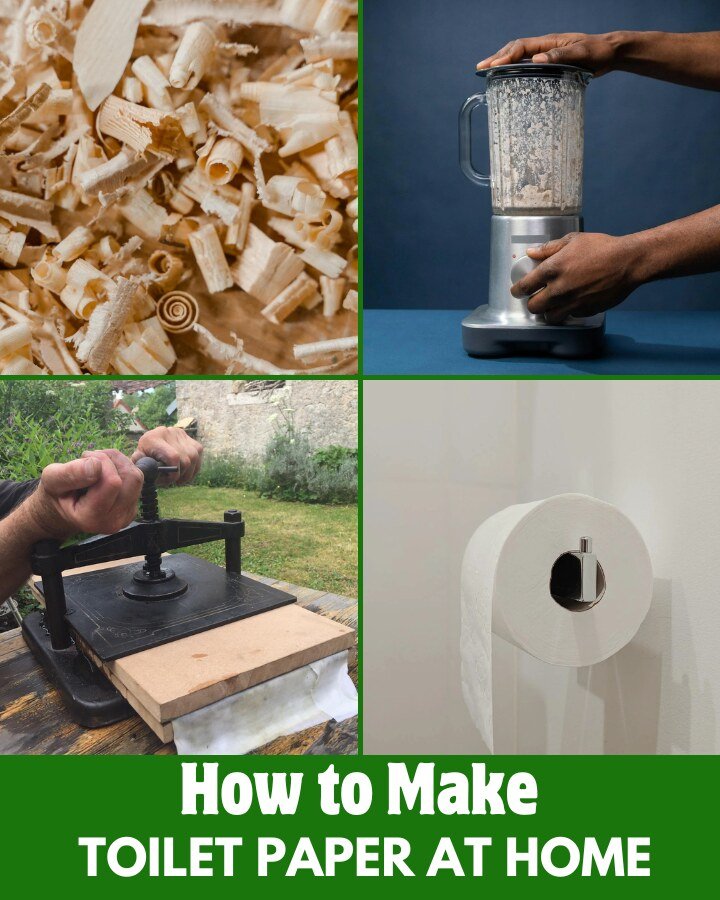



Leave a Reply